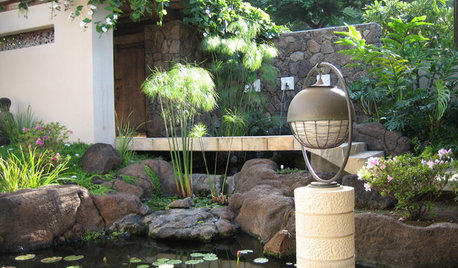How to use Fish Emulsion
GTNate
12 years ago
Featured Answer
Sort by:Oldest
Comments (29)
karendee
12 years agodigdirt2
12 years agoRelated Professionals
Kyle Landscape Architects & Landscape Designers · Alamo Landscape Contractors · Rosemount Landscape Contractors · Bellingham General Contractors · Dothan General Contractors · Florida City General Contractors · Fremont General Contractors · Henderson General Contractors · Jackson General Contractors · Mount Vernon General Contractors · Perrysburg General Contractors · York Decks, Patios & Outdoor Enclosures · Clute Decks, Patios & Outdoor Enclosures · High Point Decks, Patios & Outdoor Enclosures · Monroe Decks, Patios & Outdoor Enclosuresjimster
12 years agohomegardenpa
12 years agokarendee
12 years agojimster
12 years agokarendee
12 years agoheirloomjunkie
12 years ago2ajsmama
12 years agoGTNate
12 years agodcarch7 d c f l a s h 7 @ y a h o o . c o m
12 years agoPhildeez
12 years agobuford
12 years agoelight
12 years agoxraychic
9 years agoseysonn
9 years agolr4ten
9 years agosheltieche
9 years agobrendabb65
8 years agoSeysonn_ 8a-NC/HZ-7
8 years agolast modified: 8 years agoTeaLAB
8 years agomaxjohnson
8 years agolast modified: 8 years agoSeysonn_ 8a-NC/HZ-7
8 years agohummersteve
7 years agogorbelly
7 years agolast modified: 7 years agohummersteve
7 years agogorbelly
7 years agoSydney Tyber
7 years ago
Related Stories

HOUSEPLANTS8 Essentials for Healthy Indoor Plants
Houseplants add so much to our homes — and can thrive when grown in the right conditions. Keep these tips in mind
Full Story
GARDENING GUIDES6 Captivating Roses for an Alluringly Fragrant Garden
Perfume your garden with aromas from richly spicy to lightly sweet, without sacrificing an inch of color
Full Story
GARDENING GUIDESHow to Keep Your Citrus Trees Well Fed and Healthy
Ripe for some citrus fertilizer know-how? This mini guide will help your lemon, orange and grapefruit trees flourish
Full Story
FARM YOUR YARDHow to Grow Vegetables in Containers
Get glorious vegetables and fruits on your patio with a pro’s guidance — including his personal recipe for potting mix
Full Story
GARDENING GUIDESHow to Stop Worrying and Start Loving Clay Soil
Clay has many more benefits than you might imagine
Full Story
FRUIT TREESHow to Grow Your Own Persimmons
Sturdy and easy to care for, these trees offer bright fruit through winter — and keeping them in bounds is no sweat
Full Story
LANDSCAPE DESIGNRecipe for Asian Edible Garden Style
A surprising number of food plants are hiding out in Asian-themed landscapes. Add a few more and extend the Zen flavor to the kitchen
Full Story
GARDENING GUIDESLearn the Secret to Bigger and Better Roses
Grow beautiful roses using both ordinary and unusual soil amendments
Full Story
GARDENING GUIDESWhat Kind of Roses Should You Grow?
Want to add the beauty of roses to your garden? Find out which ones, from old-fashioned to modern, are right for you
Full Story
KITCHEN DESIGNCountertop and Backsplash: Making the Perfect Match
Zero in on a kitchen combo you'll love with these strategies and great countertop-backsplash mixes for inspiration
Full Story





labradors_gw